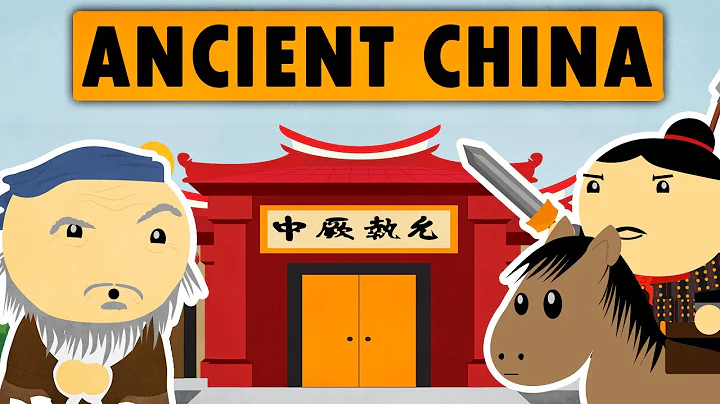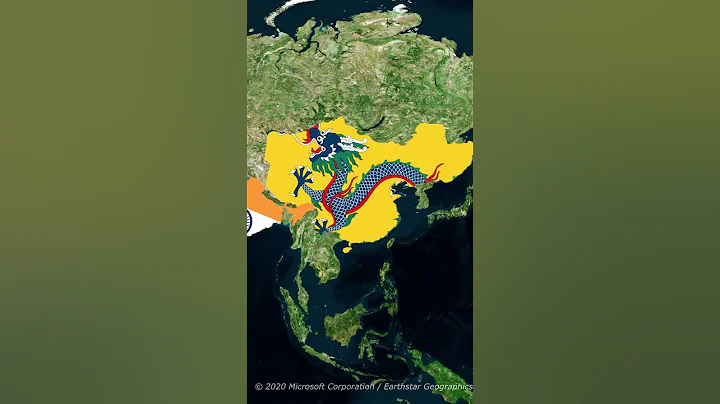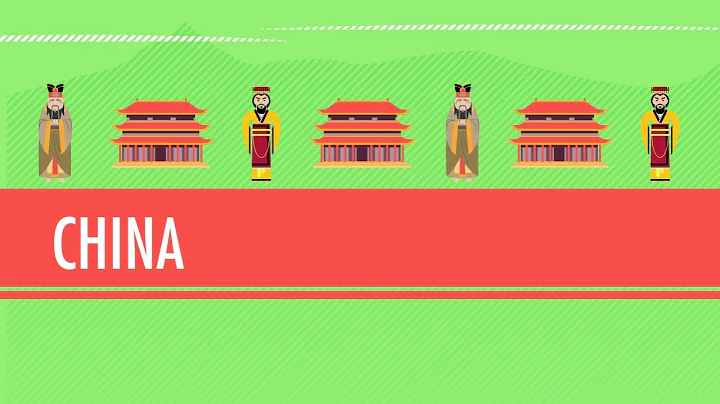History developed into the 19th century. The Eastern Qing Dynasty had declined to the bottom and was finally opened to the country by Western powers. Under the compulsion of Western powers, commodities from Western countries continued to enter the Qing Dynasty. As more and more powers came to the East, the Qing Dynasty opened its doors wider and wider, and began to trade with countries around the world. In trade with many countries, Tsarist Russia is indispensable. Since Russia shared a border with the Qing Dynasty, land trade was possible.
In terms of trade with Tsarist Russia, why did Xinjiang in the west develop so fast? What factors affect it?

1: Geographical advantages. Since Xinjiang borders Tsarist Russia, Xinjiang is a forward position and the border is very long. At this time, Central Asia had been annexed by Tsarist Russia. And relying on the "Record of the Survey and Demarcation of the Northwest Boundary", Tsarist Russia ceded the vast territory east of Lake Balkhash from the Qing Dynasty. The close border also made Tsarist Russia pay special attention to Xinjiang's trade. Due to the distance problem, Tsarist Russia preferred to trade with Xinjiang, which saved half the distance.
With its superior geographical location, Tsarist Russia can play a great role in trade with Xinjiang. The border is an advantage. If there are no good transportation roads, it will still restrict the trade between the two sides, and the railway is an important transportation road for both sides. Coupled with the opening of more and more checkpoints, the trade volume between the two sides has gradually increased. By 1881, 12 ports were opened on the northwest border, and important ports were connected by railways.

2: The influence of culture. Unlike the mainland, Xinjiang, located in the west, had lost contact with the Central Plains in the late Tang Dynasty. It was originally influenced by Han culture and the Western Regions, but was influenced by Islam. It was nearly a thousand years before the Qing Dynasty took back Xinjiang. There is no Han culture here, only Muslim culture. With similar cultures, Xinjiang and Central Asia have a relatively good foundation, which brings convenience to trade.
Even if Russia occupies Central Asia, its human geography, ethnic composition, religious beliefs, language and culture, living habits, etc. are all the same as Xinjiang, which also provides convenient conditions for trade. On the basis of the same or similar culture, the societies of Xinjiang and Central Asia also have a complementary relationship. The economic complementarity also promotes trade between the two sides. Coupled with Russia's control of Central Asia, the status of Central Asia has also been improved.

3: The influence of power politics . In the late Qing Dynasty, the country was forced to open its doors. Many ports were opened as additional conditions after signing treaties. Judging from Tsarist Russia's attitude towards the Qing Dynasty, he relied on his strong strength to get the Qing government to offer many preferential conditions. This made trade serve colonial expansion.
As historians of the former Soviet Union pointed out: The Tsarist Russian government viewed trade with China based on political interests. Its main purpose was to consolidate the empire's politics and military, and trade was only a means to serve this purpose.

They paid special attention to Russian merchants, using the purpose of trade to cover up their expansion and serve Russia's policy of conquest. During the Taiping Rebellion, Tsarist Russia took advantage of the Qing Dynasty's internal and external troubles to force the Qing government to open three ports: Tacheng, Ili, and Kashgar. Forced by desperation, the Qing government opened the Tacheng and Ili ports, which provided opportunities for Tsarist Russia to annex the outer northwest. Under the influence of power politics, Tsarist Russia demanded the opening of more and more ports, and continued to annex surrounding territories through various excuses. After acquiring the outer northwest, his tentacles also penetrated deep into the interior of Xinjiang.
4: Tsarist Russia is eyeing Xinjiang’s ambitions. It is said that Tsarist Russia is an aggressive country, which makes sense. It can be known from the huge territory of Tsarist Russia that in order to find ice-free ports, Tsarist Russia adopted an expansion policy towards neighboring countries. In modern history, China also paid a huge price for this. The millions of territories it lost were all related to Tsarist Russia. Tsarist Russia also took a fancy to Xinjiang. If Zuo Zongtang had not recovered Xinjiang, there would have been a greater chance that Xinjiang would be annexed by Tsarist Russia. As for the development of Xinjiang, it is natural to want to annex it. Britain wanted to expand its power in Xinjiang, but was targeted and squeezed by Tsarist Russia. He just wanted to monopolize this place. And increasing trade will also have greater influence on Xinjiang.

It can be seen from these that there is a reason why Xinjiang’s trade with Tsarist Russia can develop rapidly. In the era of decline, the late Qing Dynasty was naturally no match for Tsarist Russia. With its strong strength, Tsarist Russia naturally wanted to obtain more benefits from the Qing Dynasty. This kind of trade also hides the ambitions of Tsarist Russia.





















